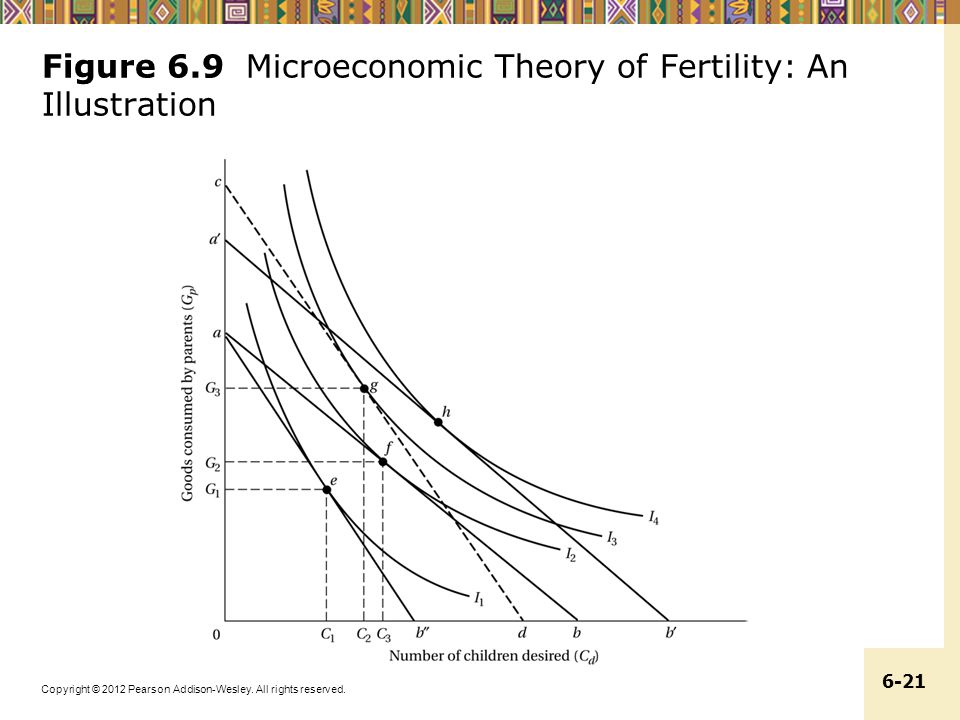Microeconomic Theory Of Fertility Pdf Files

• • 2.2k Downloads • Abstract In this essay. I suggest that the crisis in our understanding of fertility transitions is more apparent than real. Although most existing theories of fertility transition have been partially or wholly discredited, this reflects a tendency to assume that all fertility transitions share one or two causes, to ignore mortality decline as a precondition for fertility decline, to assume that pretransitional fertility is wholly governed by social constraints rather than by individual decision-making. And to test ideas on a decadal time scale. I end the essay by suggesting a perceptual. Privetstvie sopernikam dlya veselih startov. Interactive approach to explaining fertility transitions that is closely allied to existing theories but focuses on conditions that lead couples to switch from postnatal to prenatal controls on family size. This paper is a revision of the presidential address delivered at the annual meeting of the Population Association of America, Washington, D.C., March 27–29, 1997.
The central concept of microeconomic theories of fertility is opportunity cost--the product of wife's employment lost due to childbearing and the value of her employment.
I am indebted to Ian Diamond, John R. Microeconomic Theory Pdf Birth rates, death rates, Total fertility rates. Table 6.3 Fertility Rate for Selected Countries, 1970 and 2009. Figure 6.9 Microeconomic Theory of Fertility: An. Children & Utility • Adults receive utility from child services (CS) – quantity • # of children – quality • resources given to children • Utility functions of adults: U=U(CS, A) • So adult utility comes from – child services: CS – adult consumption goods: A. This preview has intentionally blurred sections. Sibert, and my current and former colleagues at the East-West Center, John Bauer, Minja Kim Choe, Phil Esterrnann, Griffith Feeney, Andrew Mason, Bob Retherford, Sidney Westley, and Peter Xenos for comments on earlier versions; to my long-term collaborators, Herbert L.
Smith, Shireen J. Jejeebhoy, Zeba A. Sathar, Shyamala Nagaraj, Corazon M. Raymundo, and Napaporn Chayovan; and to other colleagues at the East-West Center who have shown me unfailing support, friendship, and encouragement. Crack detection spray. Funding for my recent research, including this address, has been provided by the Rockefeller Foundation, the Andrew W.
Mellon Foundation, and by Grant ROI HD3357 from the National Institute of Child Health and Human Development. I am grateful for all of these sources of support.
- суббота 17 ноября
- 19